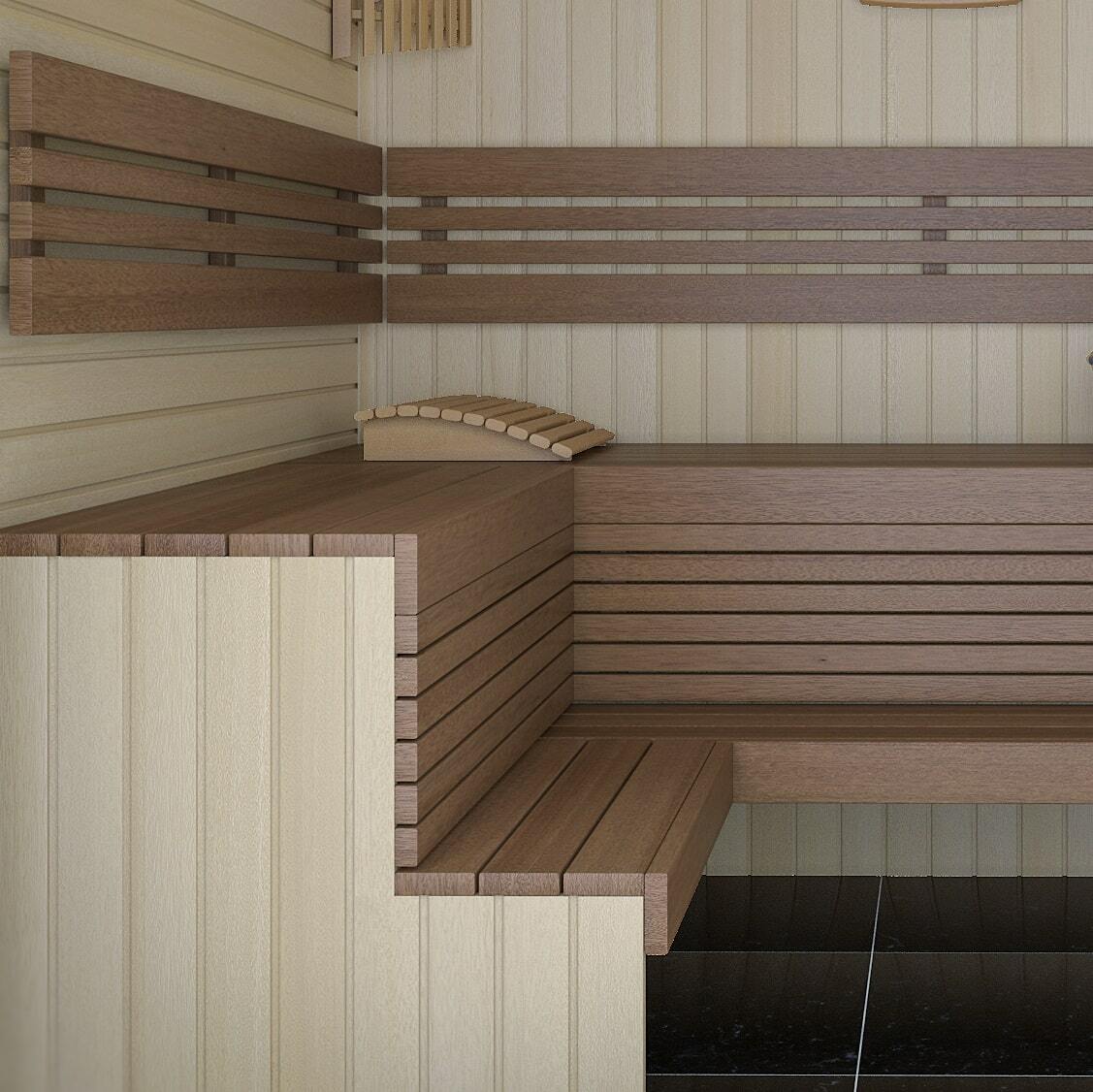DIY Soundproofing Tips for DIY Soundproofing Projects at Home
페이지 정보

본문
 When it comes to DIY soundproofing projects, many homeowners are looking for Budget-Friendly and easy-to-implement methods to minimize sound pollution within their dwellings. However, without a clear understanding of the best practices, these projects can be time-consuming and ineffective.
When it comes to DIY soundproofing projects, many homeowners are looking for Budget-Friendly and easy-to-implement methods to minimize sound pollution within their dwellings. However, without a clear understanding of the best practices, these projects can be time-consuming and ineffective.Identify the origin of the noise
The first step in any soundproofing project is to identify the source of the noise. This could be from outside sources like construction, neighbors, or from within the home such as pets, movie nights. Upon comprehending where the noise is originating from, it is essential to determine which floors will need to be managed.
Use mass to prevent sound
Mass plays a crucial function in soundproofing as it helps to block sound waves from passing through ceilings. One of the simplest ways to implement mass into your DIY soundproofing project is to use materials like mass-loaded radiator fluid, acoustic equipment, or even heavier materials such as MDF. Always consider aspects like durability when choosing the optimal material for your soundproofing needs.
Seal cracks and crevices
Sealing gaps and crevices around archways and other openings is another critical aspect of soundproofing. Using acoustic sprays, you can successfully fill these cracks and prevent sound from escaping or escaping from your abode. This simple yet often neglected step can significantly impact the overall effectiveness of your soundproofing project.
Insert insulation
Insulation plays a vital part in reducing sound transfer within walls. However, it is crucial to consider that different acoustic insulation vary in their sound-blocking abilities. For example, руспанель кромка шип-паз сайт rock wool insulation is a relatively affordable option, but it can compromise indoor air quality. On the other hand, materials like acoustic foam insulation offer better sound-absorbing characteristics while minimizing air quality risks.
Use sound-absorbing materials
Sound-absorbing materials, such as acoustic equipment, are specifically designed to absorb sound waves rather than reflecting them upwards. These materials can be particularly efficient in minimizing echo within areas. Some popular sound-absorbing options include sound-absorbing foams or even DIY solutions like filled pillowcase panels.
Increase the density of floors
Increasing the density of walls can significantly impact sound transmission. This can be attained by adding multiple stages of drywall, increasing the density of flooring materials, or even mounting a drop ceiling to increase an extra layer of insulation.
Seek professionals if needed
Finally, while DIY projects can be remarkably rewarding, sometimes they may require specialized expertise. If you're new to soundproofing or unsure about the ideal materials or approaches to use, it is not uncommon to seek advice from a professional. An acoustical expert or a specialist contractor can provide helpful insights and recommendations to assist you attain the desired outcomes.
In final analysis, soundproofing your residence without breaking the bank is achievable with the ideal approach and effective recommendations. By following these moral codes, you'll be able to identify the cause causes of noise, select efficient materials, and implement solutions that fit your budget. With patience, persistence, and a willingness to trial, you can create a more refreshing and softer living space for you and your kith and kin.
- 이전글자연의 고요: 숲에서 찾은 평화 25.03.29
- 다음글Vaporizadores desechables 25.03.29
댓글목록
등록된 댓글이 없습니다.